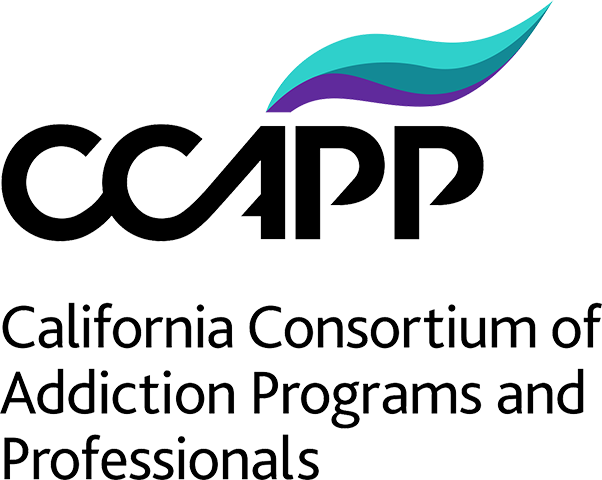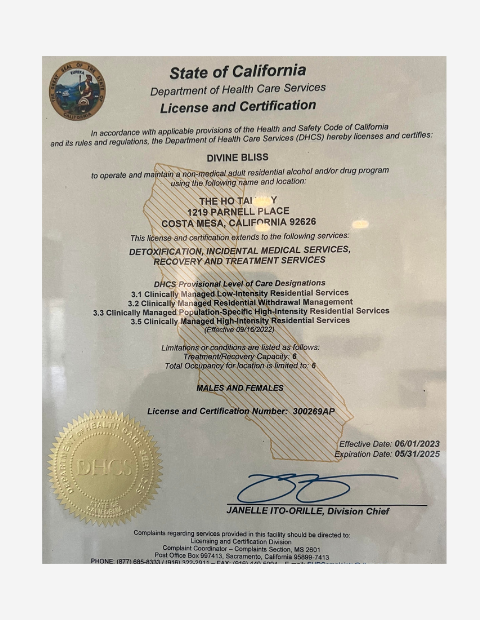Treatment for drugs and alcohol and research on the subject has made leaps and bounds from the beginning.
A History of Addiction
The earliest American essay on alcoholism was published in 1774, and sober houses were established in 1810. In 1849, Swedish physician Magnus Huss described chronic alcohol consumption as Alcoholismus chronicus and introduced the term alcoholism. Sigmund Freud recommended using cocaine to treat alcohol and morphine addiction in the 1880s.
The Early 1900s
The Harrison Tax Act of 1914 placed opiates and cocaine under federal control with physicians as gatekeepers for access to these drugs. Five years later, the Supreme Court declared that doctors were in violation of the Harrison Act if they continued prescribing opiates and cocaine. Between 1919 and 1935, 25,000 doctors were indicted. Bill W. and Dr. Bob S met in 1935 and began Alcoholics Anonymous. It took over four years to produce 100 sober alcoholics in three separate AA groups. A research journal of the studies on alcohol was published in 1940.
The Mid 1900s
The start of employee assistance programs (EAP) began between 1940 – 1945. The “Minnesota Model” of chemical dependency treatment at Pioneer House, Hazelden, and Wilmer State Hospital emerged between 1948 – 1950. During the same time frame, Antabuse was introduced as an adjunct to treatment. The New York City Medical Society on Alcoholism, now known as the American Society of Addiction Medicine (ASAM), was established in 1954. In 1960, E.M. Jellinek published The Disease Concept of Alcoholism. The American Bar Association and the American Medical Association called for community-based treatment programs. Insurance companies began reimbursing treatment at nearly the same rates as other illnesses between 1964 – 1975.
The 1970s – 1990
In the 1970s, the military began counseling and treatment for alcoholism. Around 1974, marked the beginning of treatment standards with licensing and credentialing of counselors. First, Lady Betty Ford spoke out about entering addiction recovery. The 1980s saw the Reagan era “Just Say No” anti-drug campaign and “zero tolerance” policies that still affect us today. 1985 – 1986 was the founding of the Secular Organization for Sobriety, and Rational Recovery became an alternative to AA.
The 1990s
The internet growth in the 1990s helped create online support resources for recovery. In 1991, ASAM published criteria to shift treatment towards appropriate levels of care based on individual needs. The Center for Substance Abuse Treatment expanded treatment quality and availability. The Americans With Disabilities Act offered job protection to recovering alcoholics and addicts in 1992. National Recovery Month was established in 1998.
The 2000s to Present
The FDA approved Buprenorphine, medication-assisted treatment (MAT) for opioid addiction in 2002. The Mental Health Parity and Addiction Equity Act (MHPAEA) of 2008 require insurance companies to provide similar benefits for mental health and substance abuse as they do for medical care. The Affordable Care Act of 2010 expanded coverage for addiction treatment.
What Does History Have to do With Women and Addiction?
You might be wondering how the history of alcohol and drug addiction have to do with women in recovery. A lot, actually. Because men and women are socialized, there are subtle messages about a women’s virtue or a man’s masculinity based on drinking and drug use. Historically, cocaine and opiate use were highest among women used for treating a variety of ailments. Lawmakers inaccurately assumed that drug addicts of cocaine and opiates were men (Capuzzi & Stauffer, 2016). Women were often given new prescriptions to alleviate symptoms of addiction. By providing women, a new script to address the addiction sent the message that the problem was minimal, or that women were ignored.
Men were the primary targets for treating addiction. The Minnesota Model of Addiction, or abstinence model, was created by two men, neither of whom had experience treating addiction. This model was created with men in mind. Confrontation is a key component of the Minnesota Model of Addiction. Research has shown that confrontational styles are less effective with women.
Biological Considerations of Women
Women metabolize alcohol differently than men because they have more fat stores and less water in their bodies. Females tend to begin problem drinking later in life than men, drink smaller quantities, and are less frequent drinkers. Despite the onset of alcohol, the amount, and frequency, women seem to develop cirrhosis of the liver more quickly (Capuzzi & Stauffer, 2016).
Psychological Considerations of Women
Psychological disorders are also frequent with both men and women. Approximately 78% of men and 86% of women with alcohol dependence fit the criteria for at least one other diagnosis. Women are most likely to have depression or anxiety in addition to alcohol addiction. Persons who have difficulty expressing, tolerating, or controlling strong emotions are more susceptible to developing an addiction. Women who have experienced a traumatic event, including childhood sexual abuse, are more likely to have an addiction, which may require ongoing and specialized treatment.
Social Considerations of Women
Relationships tend to be at the core of addiction in women. A family history of drugs or alcohol increases the risk of chemical dependency. Women are more susceptible to social pressures to drink and use. Women are more likely to have a substance-abusing partner. Society tends to judge women more harshly for drinking. The judgment can impact women to hide their drinking or using. Women may also be reluctant to seek treatment, and they are less likely to have family support.
Special Considerations
Mothers can place their babies at risk if they drink while pregnant. Fetal Alcohol Syndrome (FAS) occurs from prenatal exposure to alcohol. The amount of alcohol to cause FAS is unknown. Parenting can be a barrier to treatment. Mothers might fear retribution from social services, or they might feel guilt and shame for needing treatment. Lack of childcare is another treatment barrier for women. Only about 18% of programs nationwide offer childcare.
Women might believe that drinking improves their sexual performance, but the opposite is true. The stereotype that women who drink are more likely to have sex might contribute to sexual assault and the justification by men that the victim wanted to have sex. Violence and addiction often intersect, and the relationship appears to be bi-directional. Meaning that those who experience violence are likely to become addicted, and women with addiction issues are more likely to experience violence.
Treatment Needs
Much of the research on treatment has focused on men. Because of the lack of literature on women and addiction, misconceptions like women are not as likely to have drug and alcohol problems abound. Women need a safe, nurturing environment where they can explore the core of their addiction. Capuzzi and Stauffer (2016) suggested that treatment aspects should include
- Addressing complications from incest, sexual assault, or sexual abuse.
- Women respond better to collaboration during counseling, not a hierarchical approach.
- Attention to general and reproductive health.
- Childcare during treatment.
- Parenting classes.
- Access to individual counseling.
- Access to female counselors.
The Ho tai Way believes that to begin a true recovery process, women need a place where they can feel safe, vulnerable, and supported – a place where you can focus on the issues you need to work through so that you find long-lasting recovery.
Invest in yourself and begin to break the stereotypes about women and addiction. Our clients consistently tell us that they appreciate that they feel safe enough to genuinely share their trauma and that they are treated like valuable clients. Call our admissions team. (714) 581-3974.
References
Capuzzi, D., & Stauffer, M. D. (2016). Foundations of addictions counseling (3rd ed.). Pearson.









